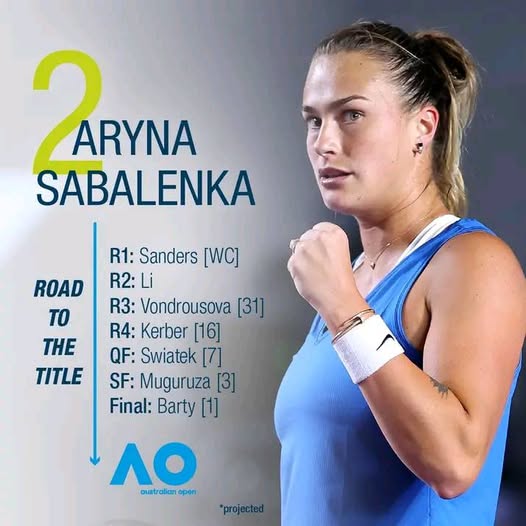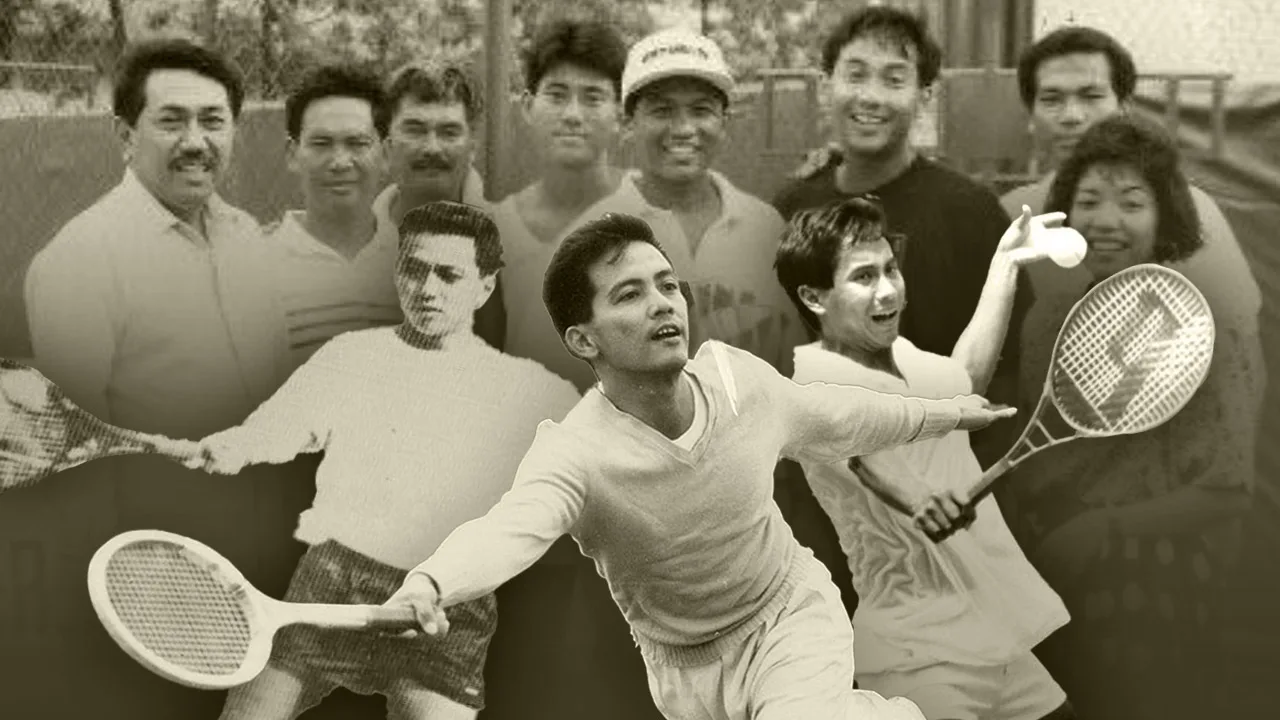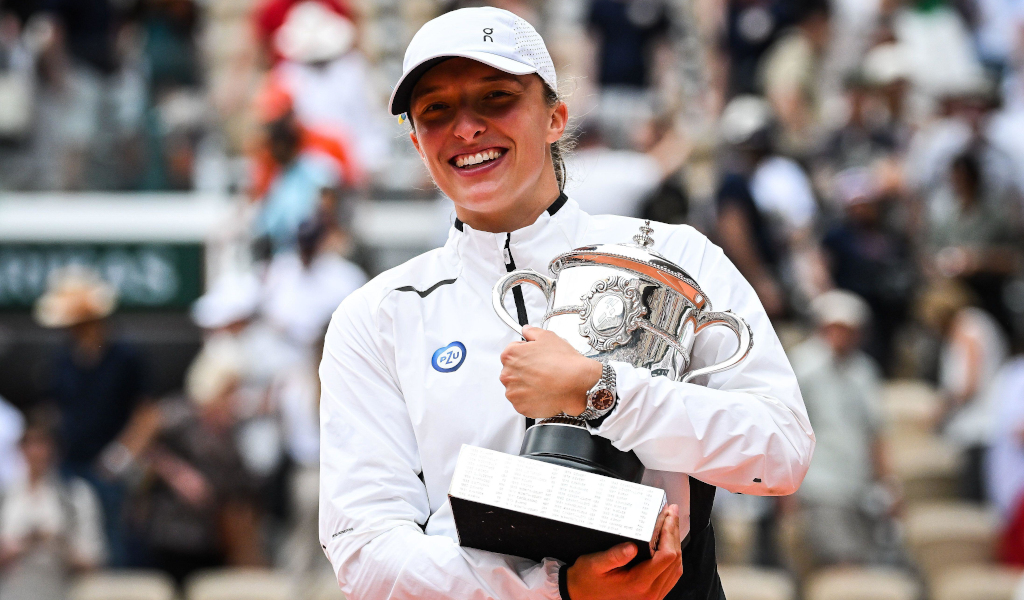Introduction: When Legends Speak—The Tennis World Listens

In the fiercely competitive world of professional tennis, insights from former champions offer priceless glimpses into the mechanics of greatness. So, when Victoria Azarenka, former World No. 1 and two-time Grand Slam champion, shared her intriguing take on Aryna Sabalenka’s explosive forehand, it quickly sparked conversation across the WTA circuit and tennis forums alike.
Azarenka, widely respected for her strategic IQ and technical mastery, didn’t just throw out compliments. She gave a tactical, nuanced breakdown that helps explain why Sabalenka’s forehand is one of the most feared weapons in women’s tennis today.
In this article, we’ll unpack Azarenka’s eye-opening analysis, delve into the biomechanics behind Sabalenka’s signature shot, explore what makes it tick—and what might make it vulnerable. Along the way, we’ll answer frequently asked questions and offer insider takeaways for fans, analysts, and aspiring players alike.
Body: Azarenka’s Analysis – Why Sabalenka’s Forehand Is Making Headlines
1. The Power Behind the Praise: What Azarenka Actually Said
During a press interaction after a WTA tournament earlier this year, Azarenka was asked about the rising dominance of Aryna Sabalenka, who, at that time, was riding high on her 2024 Australian Open win and maintaining a Top 3 ranking.
Her response? Both respectful and revealing.
“Aryna’s forehand is not just powerful—it’s intentional. It’s explosive, but she’s learning how to control it. That’s dangerous. Once she finds full balance between aggression and precision, she’ll be nearly unbeatable.” — Victoria Azarenka
Azarenka’s statement wasn’t just admiration. It was a technical acknowledgment—a master recognizing a peer’s evolution.
2. Breaking Down the Forehand: What Makes Sabalenka’s Shot So Unique?
To understand Azarenka’s analysis, it helps to break down the technical aspects of Sabalenka’s forehand.
Key Characteristics of Sabalenka’s Forehand:
- Extreme Grip (Semi-Western to Western): Allows for maximum topspin.
- Explosive Rotation: Sabalenka uses full hip rotation and racket head speed for violent acceleration.
- Early Ball Strike: She takes the ball early, robbing opponents of time.
- Heavy Topspin: Generates high-bouncing balls that push opponents behind the baseline.
- Ruthless Court Positioning: Her forehand is most dangerous when hit on the run or inside the baseline.
Stat to Know: In the 2024 Australian Open, Sabalenka hit 71% of her forehand winners from inside the baseline, reflecting Azarenka’s point about aggressive court positioning.
3. How Azarenka Compares Sabalenka to the Past and Present Greats
In further commentary, Azarenka drew comparisons to former legends:
“It reminds me of Serena’s power but with more topspin. There’s a level of intimidation when Aryna loads up that forehand.”
This comparison isn’t casual. Serena Williams’ forehand was known to dictate the pace of matches. Sabalenka’s version, with more spin and angles, gives her a unique edge—especially on slower surfaces like clay.
4. The Achilles’ Heel: What Could Go Wrong With Sabalenka’s Forehand?
While praising Sabalenka’s evolution, Azarenka also hinted at its potential weaknesses.
“When her timing is off, the forehand becomes a liability. The margin is small, so when the rhythm goes, errors creep in fast.”
This is consistent with match data. In Sabalenka’s 2023 French Open quarterfinal loss, she committed 28 unforced forehand errors—a stat that cost her the match.
Why Timing Matters:
- Her swing is long and aggressive, requiring split-second precision.
- Opponents like Iga Świątek and Ons Jabeur have succeeded by changing pace and disrupting rhythm.
5. FAQs: What Tennis Fans Are Asking About Sabalenka’s Forehand
Q1: Is Sabalenka’s forehand the best on the WTA Tour right now?
Arguably, yes. In terms of raw power, spin, and intimidation factor, it ranks among the top three. While Świątek has precision and consistency, Sabalenka’s forehand forces errors and earns quick points—a weapon few can match.
Q2: How has Sabalenka improved her forehand over the last 2 years?
Under coach Anton Dubrov, she focused on:
- Reducing takeback size to manage errors.
- Positioning drills to optimize strike zones.
- Mental training to stay composed under pressure.
Q3: Can Azarenka’s insight help other players counter Sabalenka?
Definitely. By understanding when Sabalenka’s forehand falters, opponents can target her backhand or use slice and drop shots to reset the rally and break her rhythm.
6. What This Means for the Future of Women’s Tennis
Azarenka’s commentary points to a larger trend: Power is no longer enough. Today’s top players must blend athleticism with tactics. Sabalenka, once known solely for brute force, is now crafting points with strategy—a shift that players like Elena Rybakina and Coco Gauff are emulating.
Expect the next generation to study not just how Sabalenka hits her forehand—but when and why.
7. How Coaches and Players Can Learn from This Breakdown
Here’s how aspiring players and coaches can use Azarenka’s analysis:
Actionable Tips:
- Train Footwork First: Great positioning equals better timing.
- Work on Consistency Under Pressure: Build drills that simulate match scenarios.
- Develop Both Sides: A lethal forehand needs a reliable backhand to be truly dangerous.
- Study Biomechanics: Use video analysis to mirror Sabalenka’s hip rotation and racket lag.
8. The Mentorship Element: Is Azarenka a Silent Guide to Sabalenka?
Though both are Belarusian, Azarenka and Sabalenka haven’t trained together consistently. However, their shared nationality and respect suggest a silent mentorship may be evolving.
In interviews, Sabalenka has acknowledged Azarenka’s influence, saying:
“She opened the doors for Belarusian players. I admire her focus and resilience.”
Could a future coaching collaboration be in the cards? With Azarenka entering the twilight of her playing career, the idea isn’t far-fetched—and it could redefine Sabalenka’s trajectory.
Conclusion: A Masterclass in Forehand Power and Precision
Victoria Azarenka’s take on Aryna Sabalenka’s forehand is more than a soundbite—it’s a deep dive into what separates good players from great ones. By highlighting Sabalenka’s balance of power, spin, and intention, Azarenka offers fans and insiders alike a rare tactical insight.
In today’s hyper-competitive WTA landscape, understanding the evolution of a single shot like Sabalenka’s forehand can change how we view matches—and how future stars train.
Whether you’re a casual fan, an aspiring tennis pro, or a coach seeking the next edge, Azarenka’s breakdown is a wake-up call: in modern tennis, details win championships.
Stay tuned. The Sabalenka forehand era has only just begun.


